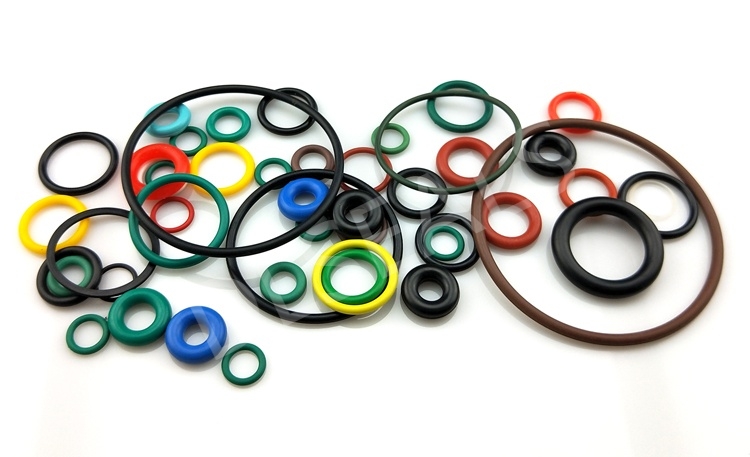
Here are some FAQs about common rubber O-ring failures and their solutions:
Q1: Why do rubber O-rings leak?
A1: Leakage is usually caused by the following reasons:
Improper size: The size of the O-ring does not meet the requirements of the mating part.
Improper installation: The O-ring is deformed or damaged during installation.
Excessive working pressure: Exceeding the design pressure range of the O-ring.
Material mismatch: The material used for sealing is not adapted to the environment (such as temperature, chemical media).
Q2: How can I prevent O-ring leakage?
A2: Leakage can be prevented by the following measures:
Proper measurement: Ensure that the equipment is measured correctly and the O-ring of the right size is selected.
Professional installation: Follow the installation guidelines to ensure that the O-ring is installed flat and not twisted.
Rational material selection: Select the appropriate O-ring material for the working conditions to ensure that it is resistant to high temperature, high pressure and chemical resistance.
Q3: What are the manifestations of rubber O-ring wear?
A3: Wear is usually manifested as:
Deteriorated sealing effect: The equipment leaks during operation.
Scratches or dents on the surface of the O-ring: Obvious physical damage can be seen.
Deformation: The O-ring may deform significantly after removal.
Q4: How to extend the service life of the O-ring?
A4: Ways to extend the service life of the O-ring include:
Regular inspection: Check the status of the O-ring regularly and replace it in time if any problems are found.
Select the right material: Select the right O-ring material according to the sealing medium and operating temperature.
Avoid overload: Ensure that the O-ring operates within the recommended operating pressure and temperature range.
Q5: What should I do if the rubber O-ring slips or loses its elasticity?
A5: Slippage or loss of elasticity is usually caused by:
Long-term high temperature or chemical medium: causing the O-ring to harden or the material to age.
Solutions include:
Replace the O-ring: Select the right material to prevent aging and loss of elasticity.
Optimize the working environment: Reduce chemical corrosion and high temperature exposure of the O-ring.
Q6: How does the O-ring break?
A6: The O-ring breakage is often caused by the following reasons:
Overstretching: Unnecessary stretching during installation or operation.
Aging: Materials lose performance over time.
Solution:
Proper installation: Use appropriate tools and techniques to prevent overstretching.
Regular replacement: Regularly check and replace O-rings according to the use environment to prevent aging.
Conclusion
Rubber O-rings are key components to ensure the sealing performance of equipment. Understanding common faults and their solutions can effectively prevent and solve problems and improve the stability and reliability of equipment. If you have other specific questions, it is recommended to consult professionals or O-ring suppliers.
Post time: Oct-29-2024
